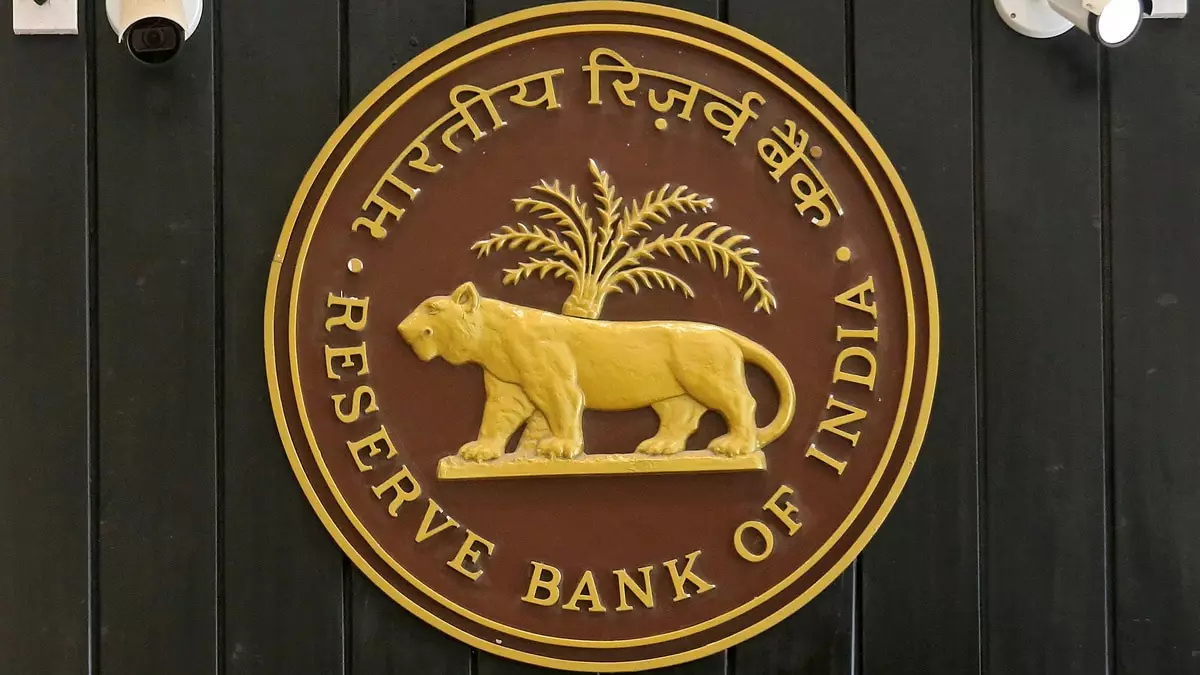The Reserve Bank of India (RBI) has revealed significant insights in its Financial Stability Report for the year 2024, released on December 30. As the landscape of finance continues to evolve, particularly with advancements in blockchain technology and the growing interest in cryptocurrencies, the RBI’s observations come at a critical junction. This article delves into the implications of asset tokenisation, the associated risks, and the central bank’s cautious stance towards cryptocurrencies.
Asset tokenisation, the process of representing real-world assets as digital tokens on a blockchain, has recently gained traction among investors. The RBI notes that as countries worldwide begin to formulate regulations around crypto assets, the interest in tokenisation is poised to increase significantly by 2025. This trend reflects a growing recognition of the potential benefits that come with digitising traditional financial instruments, such as bank deposits, shares, and government bonds.
Investors are particularly drawn to the liquidity benefits offered by asset tokenisation. By converting tangible assets—like properties or land—into fractional units, owners can unlock value without relinquishing the utility of their assets. This innovative approach not only democratizes access to investment opportunities but also facilitates a more dynamic financial marketplace.
One of the most significant advantages of asset tokenisation is its capacity to improve liquidity for traditionally illiquid assets. Through tokenisation, assets can be swiftly traded and may appeal to a wider range of potential investors, thereby increasing the asset’s marketability. Additionally, tokenisation can lower the barriers to entry for investors, allowing them to participate in markets previously inaccessible due to high minimum investment thresholds.
The RBI acknowledges that by deepening the link between traditional finance and decentralized finance (DeFi), tokenised assets could lead to an integrated financial ecosystem. This interconnectedness paves the way for innovative financial products and services, a transformation that aligns with the global shift towards a more digital economy.
While the prospects of asset tokenisation are compelling, the RBI has also pointed out several vulnerabilities that could threaten financial stability. With the implementation of Distributed Ledger Technology (DLT) in tokenisation, risks such as liquidity mismatches and operational fragilities could surface. These vulnerabilities, while currently limited due to the nascent stage of tokenisation, warrant careful consideration as the market matures.
The central bank emphasizes the need for robust regulatory frameworks to ensure that the tokenisation process does not compromise the integrity of existing financial systems. Without sufficient oversight, the rapid evolution of this technology could lead to unforeseen consequences that impact market stability and investor confidence.
In addition to its focus on tokenised assets, the RBI maintains a firm stance regarding cryptocurrencies. The report highlights the ongoing volatility associated with crypto prices, underlining that widespread adoption poses several macroeconomic risks. According to the RBI, the integration of cryptocurrencies into mainstream financial systems could undermine monetary policy effectiveness and exacerbate fiscal risks. Furthermore, these digital assets have the potential to divert essential resources away from the real economy, jeopardizing overall financial stability.
Despite these concerns, the RBI does recognize the inevitable growth of the crypto sector. An increasing number of traditional financial institutions are experimenting with cryptocurrencies, indicating a shift towards acceptance and engagement in this area. However, the Indian government remains without a conclusive timeline for comprehensive regulations governing the crypto market.
With the potential for asset tokenisation to reshape India’s financial landscape, the RBI’s Financial Stability Report serves as a crucial touchstone in navigating the complexities of blockchain technology. While the advantages of asset tokenisation could enhance market efficiency and liquidity, the risks associated with such innovations necessitate cautious exploration and robust regulatory measures. As the global and Indian markets evolve in the face of cryptocurrency adoption, the dialogue between innovation and regulation must continue to ensure that financial stability remains paramount. The coming years will be pivotal as the RBI, the government, and the financial sector work together to harness the benefits of technological advancements without compromising on security and stability.

Leave a Reply